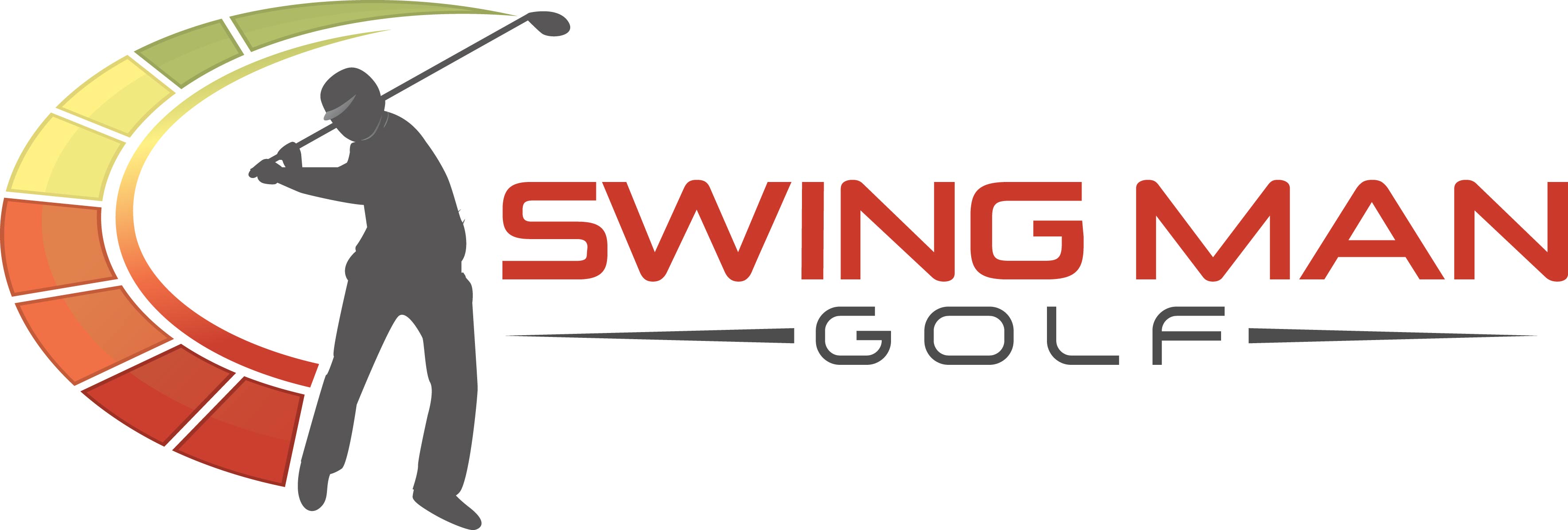By Paul Myers
Knowing how far you hit the ball is one of the most important skills on the golf course. If you don’t know how far the ball is going to travel when you hit it with each of your clubs, it can be very difficult to create a good game plan and work your way strategically around the course. From your driver all the way down to your wedges, knowing your distances is of utmost importance. Read below how a swing speed chart can help…
Of course, one way to learn how far you hit the ball is through trial and error. By simply playing a lot of golf, you can learn over time how far to expect each of your clubs to go, and selecting the right one can almost become second-nature. Also, distance has a lot to do with where you golf and the usual conditions you play in, so it is highly variable from golfer to golfer and location to location.
With all of that said, a simple swing speed chart can help you get a handle on how far to expect your shots to fly based on the swing speed that you possess and the club that you are holding. These kinds of charts work very simply – using driver swing speed (which will be the fastest of all your clubs), estimates are created for each club through the bag. Note that the swing speed doesn’t change – all of the estimates are based solely on the speed generated with a driver.
Looking at a couple individual clubs, and the different results seen on the swing speed chart, it is interesting to see how a change in swing speed can make a dramatic difference to the clubs you use to get around the course.
Driver
A player who is able to swing a driver at an even 100 miles per hour can expect a distance of around 258 yards. Losing just 10 MPH’s off of that swing and going down to 90 will pull the distance all the way down to about 232 yards – a major difference when actually playing a round of golf. Conversely, upping the swing speed to 110 MPH offers a distance of about 284 yards, which is very impressive for any amateur golfer. 113 MPH is actually the PGA Tour average. By developing even a couple of miles per hour gain in your swing speed with the driver, you can impart quite an effect on the distance you see off the tee.
Seven Iron
Let’s look at the same driver swing speeds and what they will mean for a seven iron hit from the fairway. The golfer that swings a driver at 100 MPH is looking at seven iron shots of around 154 yards – not long, but not too bad either. By getting up to that 110 MPH mark, the carry distance for a seven iron is bumped all the way up to about 169 yards, which can do the job on just about any par threes that you will encounter. Dropping down to 90, however, lowers the distance to 138 yards, meaning many approach shots will have to be hit with more club.
Swing speed is only one factor to total distance, and these measurements are just meant as rough estimates. The quality of the impact you make with the ball, along with the spin rates and launch angles you are achieving will also play a part in the final result. Regardless, if you are able to improve your swing speed a little bit at a time as you move along in your golfing life, you can shrink the course and make the game just that much easier.
If you liked the article about using a swing speed chart to approximate your distances and you think it would help another golfer, please
To learn more about Swing Man Golf products and to train to increase your swing speed for more distance, click here.
